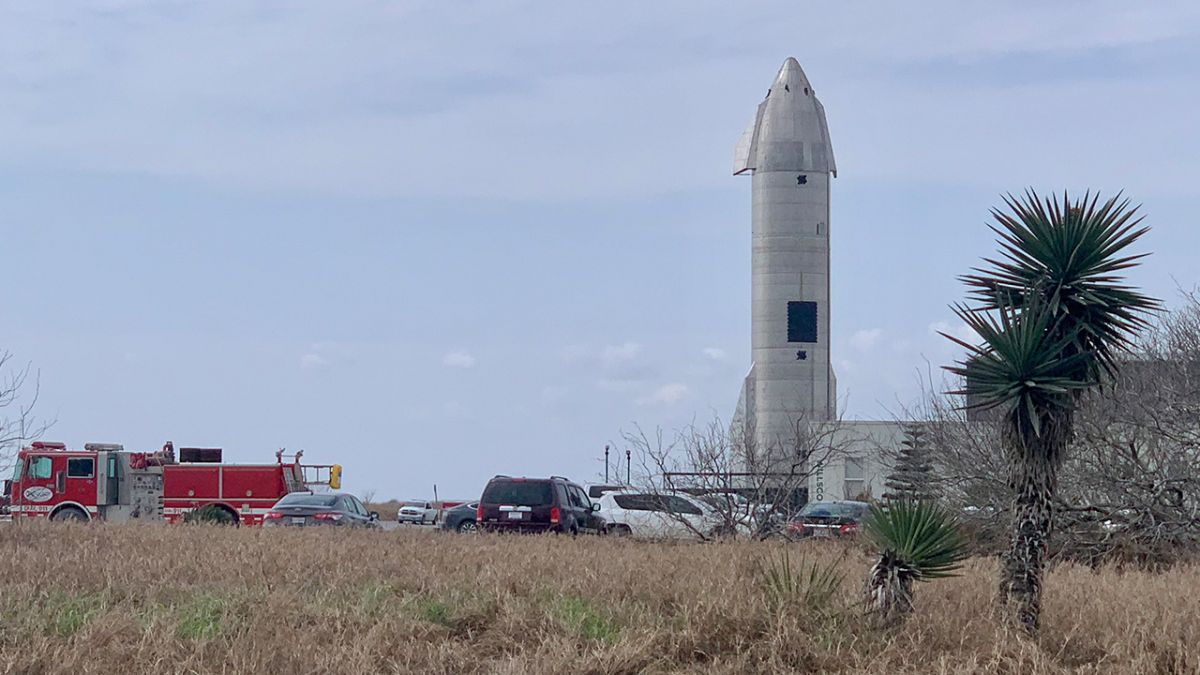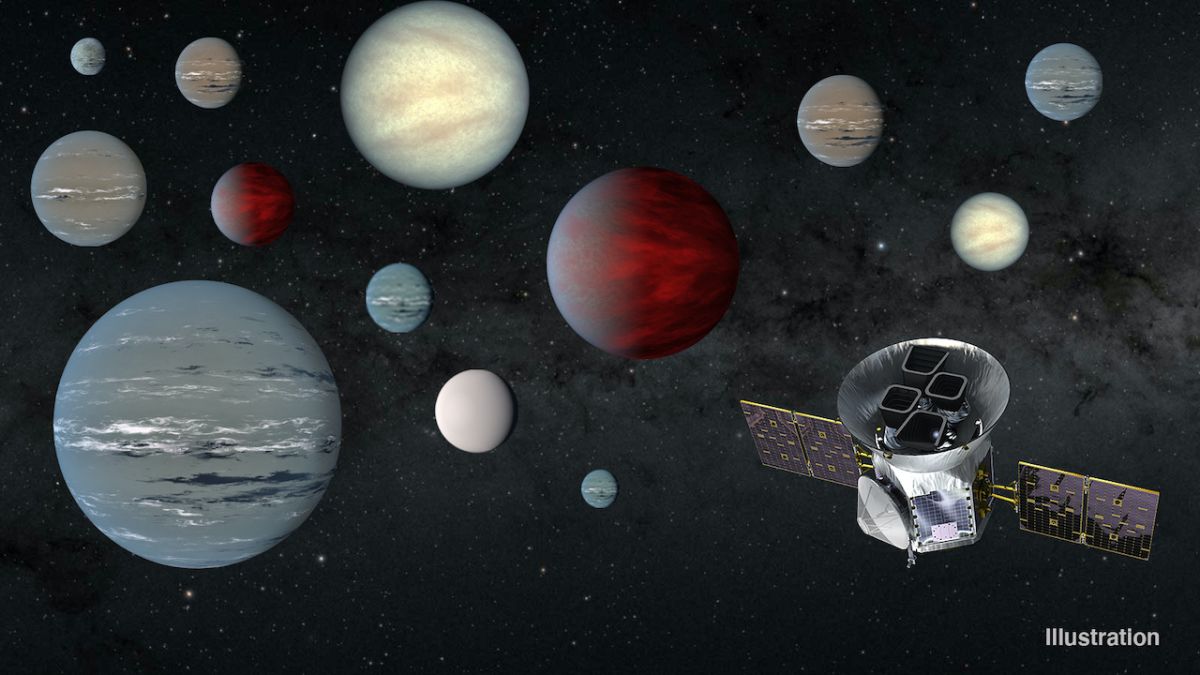The week of March 22, crew members aboard the International Space Station tested a blood cell count device, examined time perception in space, and videotaped activities to promote awareness of space station research.
Read MoreMonth: March 2021
Stunning Hubble image shows a big galaxy full of blue stars
Imagine a galaxy and what comes to mind likely looks like NGC 2336, a shimmering swirl of stars. And just days before a software glitch temporarily shut down the Hubble Space Telescope, the iconic spacecraft sent home a stunning image of the big, beautiful, and brilliantly blue galaxy. NASA uploaded the image of NGC 2336, a galaxy located about 100 million light-years from Earth in the constellation of Camelopardalis (aka the Giraffe), on Friday, March 5, two days before the telescope unexpectedly shut down. (The telescope has since resumed operations.)…
Read MoreSpaceX test fires Starship SN11 rocket ahead of possible launch today
[embedded content] Editor’s note: SpaceX has not announced webcast details for today’s Starship SN11 test. Above is a video feed from NASASpaceflight.com via YouTube. SpaceX test fired its latest Starship rocket prototype this morning (March 26) and may attempt to launch the stainless steel booster later today from the company’s South Texas facility. The Starship SN11 vehicle fired up its Raptor engines just after 9 a.m. EDT (1300 GMT) ahead of what is expected to be a 6.2-mile (10 kilometers) launch later in the day. SpaceX has not stated it…
Read MoreJupiter’s Great Red Spot Gets Smaller — But Stronger
“Flakes” coming off the Great Red Spot have had some wondering if this epic storm is coming to an end. But observations and computer modeling show it’s only getting stronger. The post Jupiter's Great Red Spot Gets Smaller — But Stronger appeared first on Sky & Telescope.
Read MoreExpedition 65 Crew Press Conference
Expedition 65 backup and prime crew members are seen during a press conference.
Read MoreNASA’s TESS planet hunter spied 2,200 candidate worlds in its first 2 years
A NASA spacecraft built to spot alien worlds has completed its first two years of work, and the tally is in: the mission hauled in 2,241 new exoplanet candidates for scientists to study. The Transiting Exoplanet Survey Satellite (TESS) launched in April 2018, designed to spend two years poring over most of the sky. Each month, the spacecraft turns to a new strip of stars and stares, watching for the characteristic dips in brightness caused by a planet crossing between star and telescope. In a new catalog, astronomers offer a…
Read MoreThis Week’s Sky at a Glance, March 26 – April 3
Fading Mars glows above orange Aldebaran high in the west after dark. Orion tilts into his spring posture, with his belt horizontal. Arcturus climbs up in the east. The post This Week's Sky at a Glance, March 26 – April 3 appeared first on Sky & Telescope.
Read MoreJoin Us in Planning for the Next “Great American Eclipse”
Are you a solar eclipse enthusiast with an organizational bent? An upcoming virtual workshop geared toward planning for the 2023 and 2024 events could be just the thing for you. The post Join Us in Planning for the Next "Great American Eclipse" appeared first on Sky & Telescope.
Read MoreHow to spot aliens? Look at Earth, scientists propose.
If astronomers were to observe Earth from another solar system, could they tell that our planet is teeming with life? By examining Earth in the same way that we look at exoplanets — planets orbiting other stars — we might improve our chances of detecting alien organisms on distant worlds, researchers recently suggested. Since 1999, a process for spotting exoplanets, known as the transit method, has revealed thousands of worlds by measuring fleeting dips in the brightness of the stars that the planets orbit. No one knows whether or not…
Read MoreWhat messages have we sent to aliens?
In the early 19th century, Austrian astronomer Joseph Johann Von Littrow earnestly proposed that humans dig trenches configured in vast geometric patterns in the Sahara desert, fill them with kerosene and light them ablaze. The idea was to send a clear message to alien civilizations living elsewhere in the solar system: We are here. Von Littrow never saw his idea come to fruition. Still, long after he proposed his ambitious plan, we haven’t stopped our attempts to contact extraterrestrial life. So, what messages have we sent to aliens? Related: Are…
Read More

